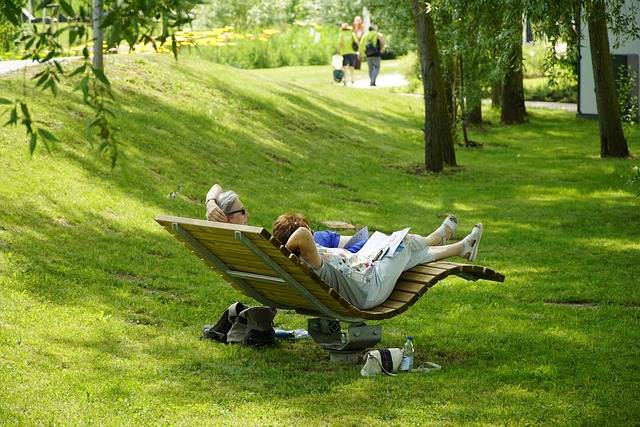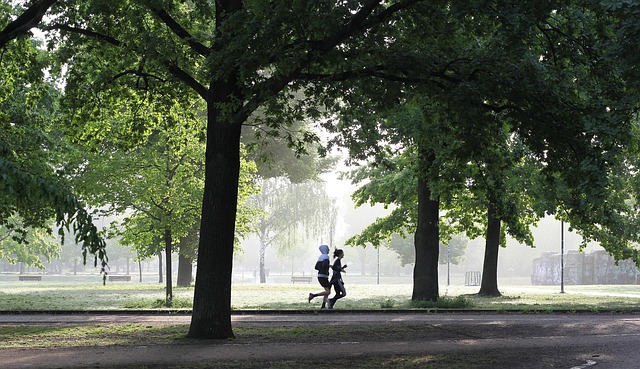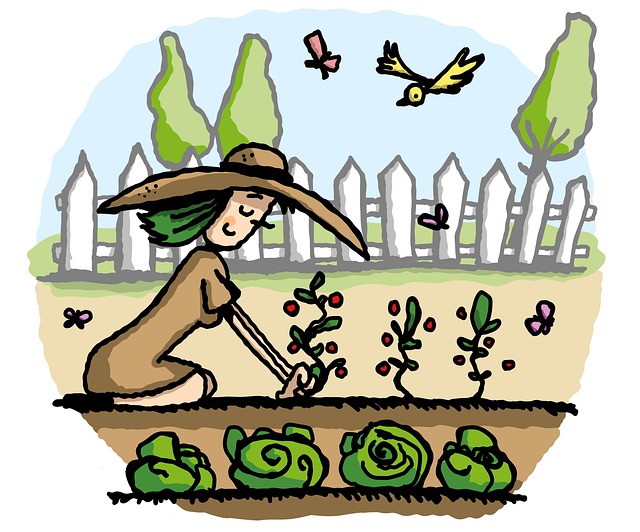Botanic gardens have transformed into educational hubs, blending natural beauty with knowledge-sharing programs for diverse audiences. They offer interactive workshops on plant identification, guided tours highlighting ecological conservation, and artistic activities inspired by nature. By integrating local ecosystems and international botanical traditions, these gardens create captivating narratives that foster environmental stewardship and appreciation for biodiversity. Nature-based education in botanic gardens and nature reserves effectively raises environmental awareness, particularly among children and young adults, through hands-on exploration and interactive activities. These programs enhance critical thinking, curiosity about natural systems, and a sense of responsibility for biodiversity conservation, while providing interdisciplinary learning opportunities.
Botanic gardens, beyond their aesthetic allure, serve as vibrant educational hubs offering unique learning experiences. These green oases provide a perfect setting for engaging programs that cater to diverse audiences, from school groups to families and adults. This article explores the transformative power of nature-based education in botanic gardens, highlighting best practices and benefits, including enhanced environmental awareness and stewardship. Discover how these programs cultivate knowledge and appreciation for our natural world, often right in our own backyard, even if that ‘backyard’ is a nearby nature reserve.
- The Role of Botanic Gardens as Educational Hubs
- Designing Engaging Programs for Diverse Audiences
- Best Practices and Benefits of Nature-Based Education
The Role of Botanic Gardens as Educational Hubs

Botanic gardens, often serving as oases within urban landscapes, have evolved far beyond their traditional roles in plant conservation and research. Today, they stand as vibrant educational hubs, offering a unique blend of natural beauty and knowledge-sharing opportunities. These green spaces are ideal environments for fostering learning, particularly when it comes to connecting people with the wonders of the natural world. By hosting various educational programs, workshops, and guided tours, botanic gardens provide an immersive experience that captivates visitors of all ages.
The transformation of these gardens into dynamic educational centers benefits both the community and conservation efforts. They offer a chance for folks to explore and appreciate the diversity of plant life, learn about sustainable practices, and gain insights into ecological preservation. With many botanic gardens also functioning as nature reserves, they play a pivotal role in educating visitors about the delicate balance of ecosystems and the importance of preserving our planet’s biodiversity.
Designing Engaging Programs for Diverse Audiences

Designing engaging programs for diverse audiences in botanic gardens is an art that requires a deep understanding of community needs and interests. Botanic gardens, with their rich biodiversity and serene ambiance, offer a unique learning environment. To attract and retain visitors, programs must cater to all age groups, from children eager to explore the wonders of plants to adults seeking relaxation and intellectual stimulation. This involves offering interactive workshops on plant identification, guided tours highlighting ecological conservation efforts, and artistic activities that inspire creativity through nature.
Incorporating elements from local ecosystems and international botanical traditions can create a captivating narrative for each program. For instance, themed walks can showcase the unique flora of specific regions or cultural gardens can highlight traditional medicinal plants. By connecting visitors to the beauty and importance of nature reserves, these programs foster environmental stewardship and a deeper appreciation for botanic gardens as valuable educational resources.
Best Practices and Benefits of Nature-Based Education

Nature-based education, offered in botanic gardens and nature reserves, is a powerful tool for fostering environmental awareness and stewardship among visitors, especially children and young adults. By immersing students in the outdoors, these educational programs encourage exploration and discovery of local flora and fauna up close. This hands-on approach not only enhances learning but also cultivates a deeper connection with nature, leading to increased respect and appreciation for the environment.
Best practices in nature-based education emphasize interactive and engaging activities that cater to diverse learning styles. Educators should design lessons around real-world applications, incorporating scientific methodologies, artistic expressions, and storytelling techniques. Benefits are multifaceted: it promotes critical thinking skills, encourages curiosity about natural systems, and instills a sense of responsibility for preserving biodiversity. Moreover, these programs offer unique opportunities for interdisciplinary learning, connecting science, art, history, and culture in the context of local ecosystems.














